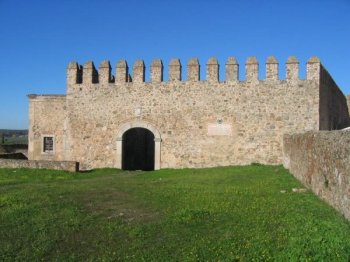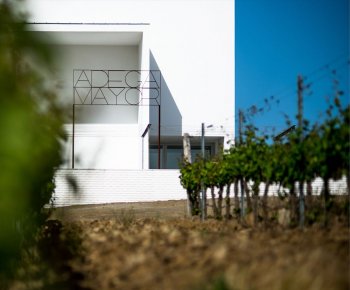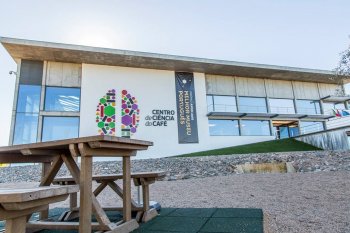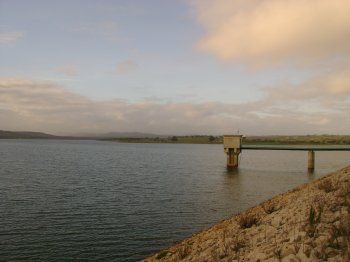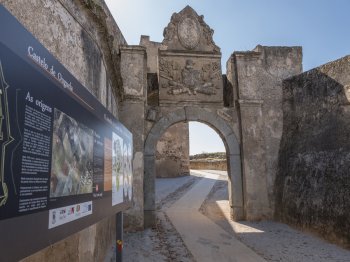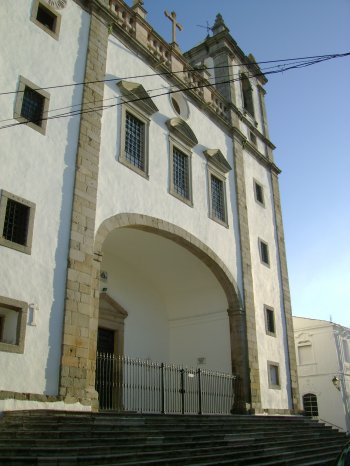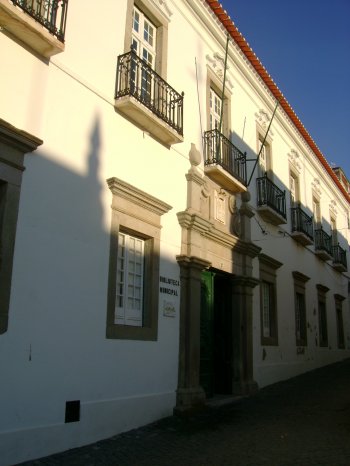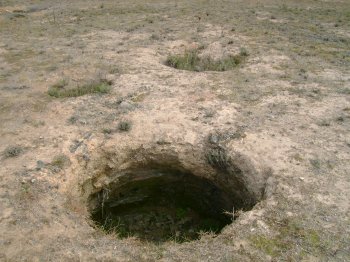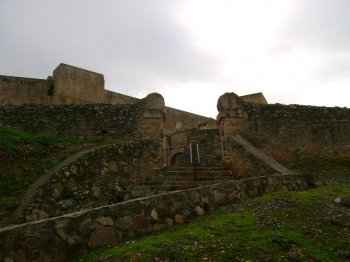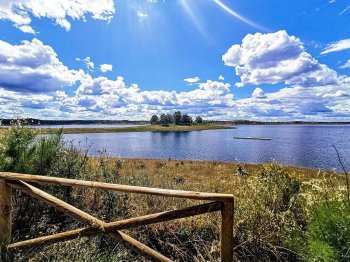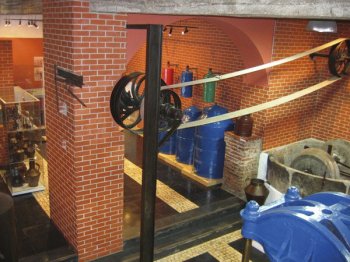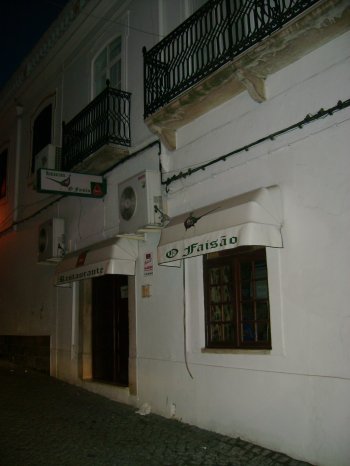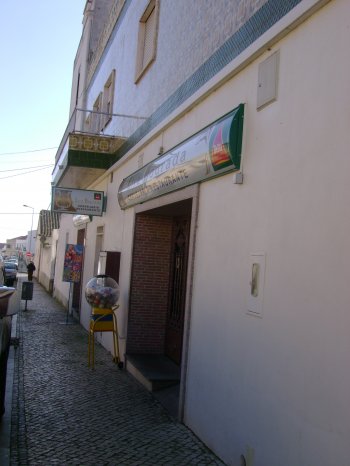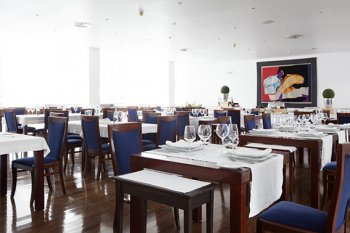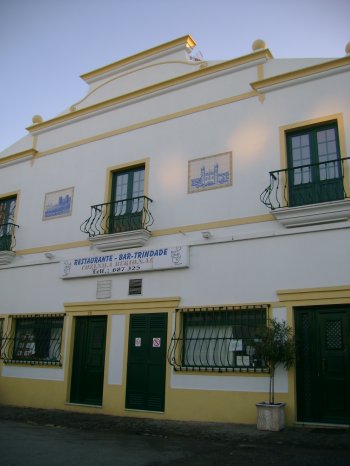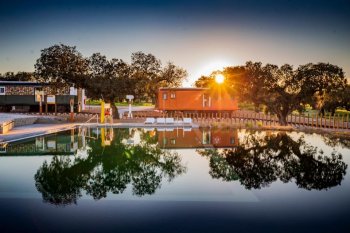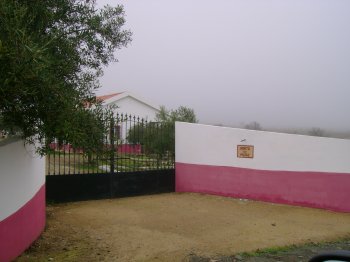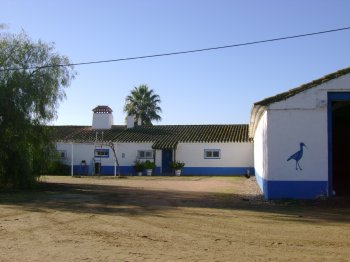Campo Maior
Located in the Portalegre district, Campo Maior is situated in a wide valley between the Montezinho River to the west and the São Pedro River to the east. With a natural heritage dominated by a flat landscape, it has several bodies of water, most notably the Caia and Abrilongo dams. The presence of the Delta Cafés company contributed to Campo Grande being recognized in the industrial world and to the reduction of rural exodus, through job creation and the consequent improvement in the quality of life of the population. The gastronomy, with influences from Spain, is mainly based on potato, dogfish, tomato, and cod soups, "migas" with pork ribs, gazpacho, Alentejo-style pork, and "açorda", all accompanied by Campo Maior olives.
What to do in Campo Maior
Travel Guide
Up to date tourist information about the city's top attractions
What to see in Campo Maior
Find out what tourist attractions you will not want to miss in the warm village of Campo Maior, near the Portuguese bor…
Where to eat in Campo Maior
Portuguese
10.00 €
A large, traditional space that serves typical dishes of the Alentejo region at moderate prices.
Portuguese, Regional
12.00 €
Medium-sized space, suggesting dishes from Alentejo regional cuisine. Lamb stew or soup of cation a…
Portuguese, Regional
17.00 €
Integrated in the Hotel Santa Beatriz, Hadrian's restaurant specialises in local gastronomy, some s…
Portuguese
16.00 €
A rustic space that serves typical Portuguese dishes. A special note to the live coal grilled dishe…
Portuguese, Regional
9.00 €
O restaurante Primavera é um espaço simples e acolhedor situado em Campo Maior. Da ementa varioada …
Where to sleep in Campo Maior
Este projeto de turismo rural é composto por quatro grandes áreas: turismo, agropecuária, ecologia e meio ambiente. Nos seus mais de 400 hectares, dispõe de um…
Inserted in a property with about seven acres, the garden fence provides comfortable accommodation, in a setting of pure tranquility. The natural environment p…
Is situated near the dam of the Fall and offers two houses for accommodation: the Wisteria House and the House of the vineyard, with a double and two twin bedr…
Near Campo Maior
Ponte de Sor
With an area that exceeds 800 square kilometers, Ponte de Sor is the largest municipality in the Portalegre district. The town's toponym is due to th…
Alter do Chão
Located in Alto Alentejo, the quiet Alentejo village of Alter do Chão is part of the Portalegre district. Its origin is closely linked to a Roman set…
Gavião
The municipality of Gavião belongs to the district of Portalegre, in the North of Alentejo, at the confluence of the Alentejo with Ribatejo and Beira…
Castelo de Vide
Castelo de Vide is a picturesque village in the Portalegre district, with an ancient and enduring past, originating at the top of a hill in the Serra…
